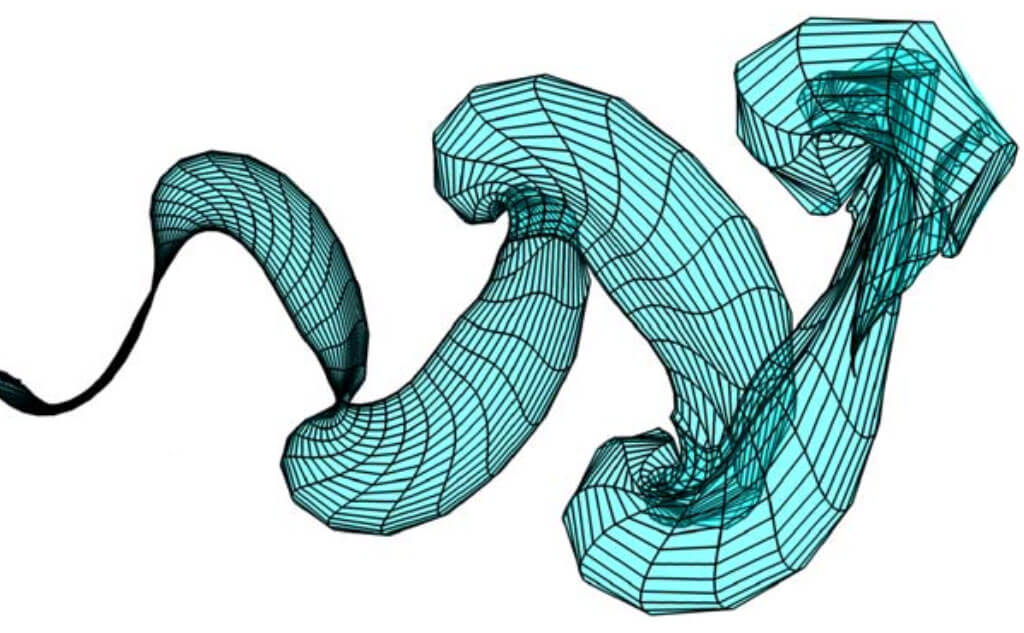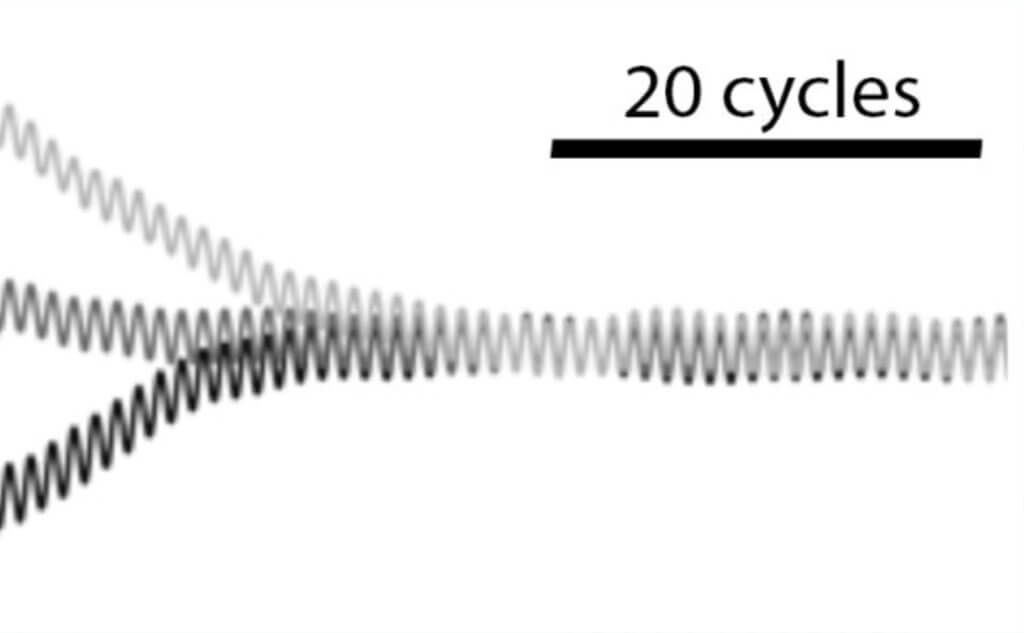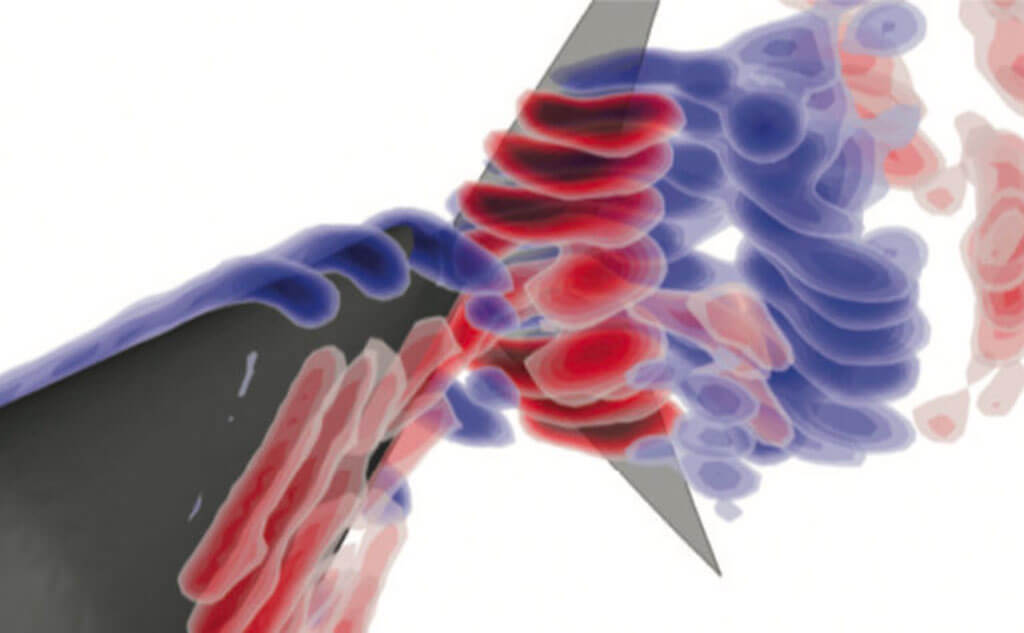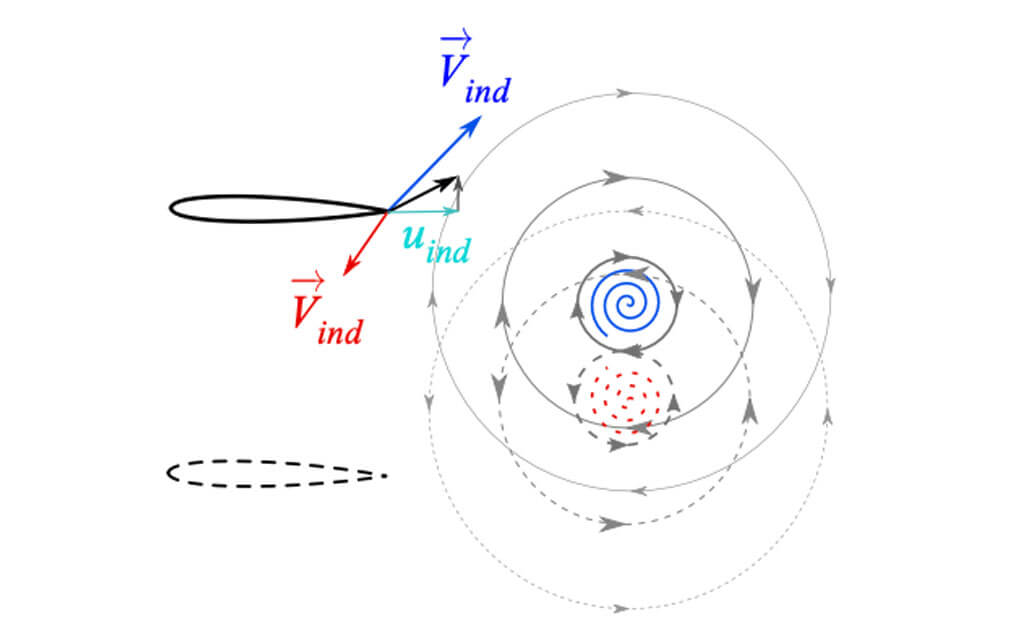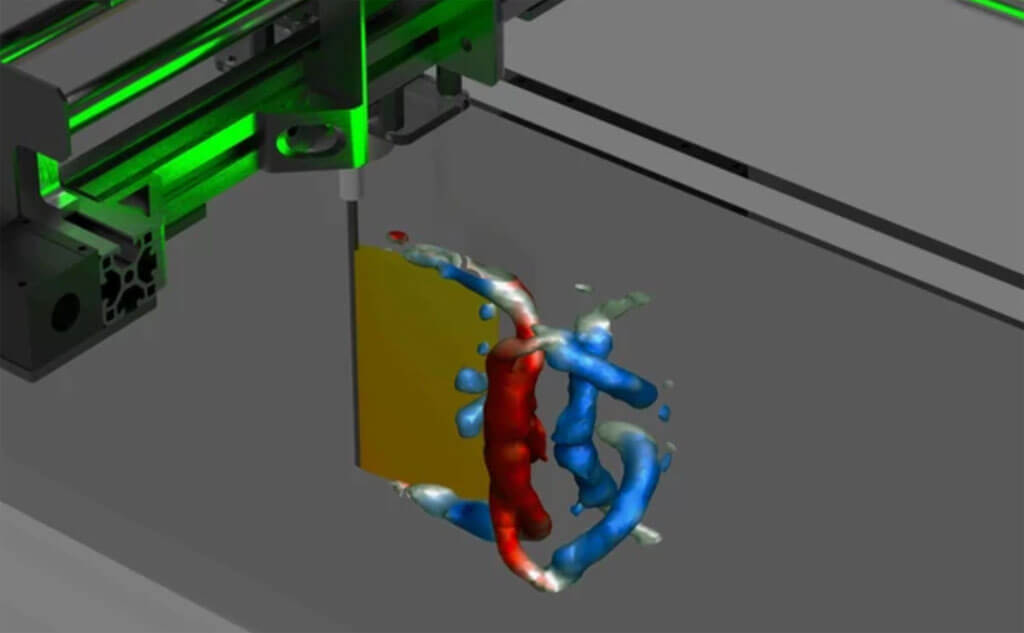Scaling laws for 3D pitching hydrofoils
Building on our previous work on 2-D pitching airfoils, we explored how forces and torques scale for 3-D pitching airfoils. The terms we added to existing theories were inspired by the 3-D elliptical ring shapes of wake vortices. We validated the new terms by comparing our predictions with water channel experiments over a range of […]
Scaling laws for 3D pitching hydrofoils Read More »
